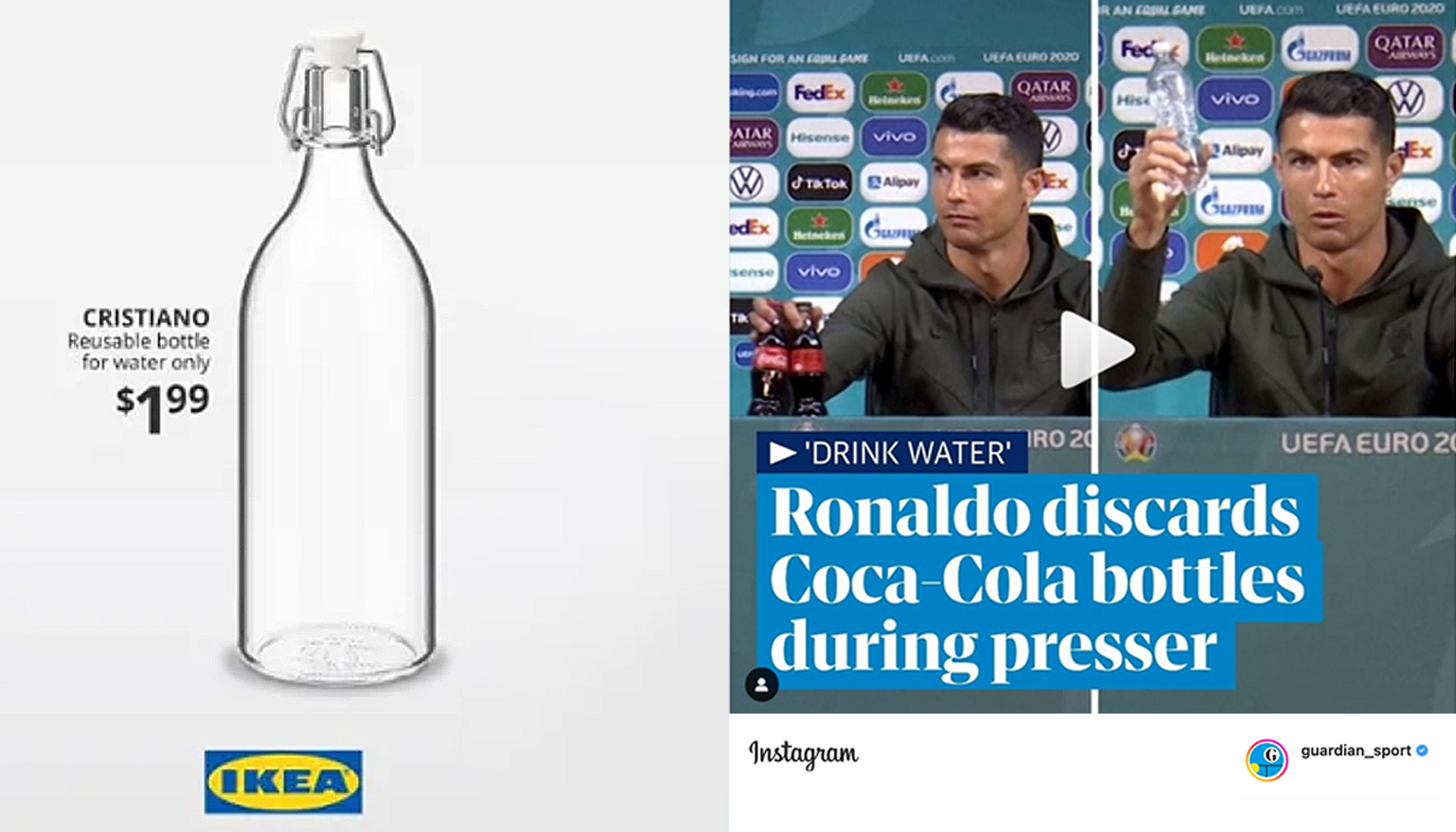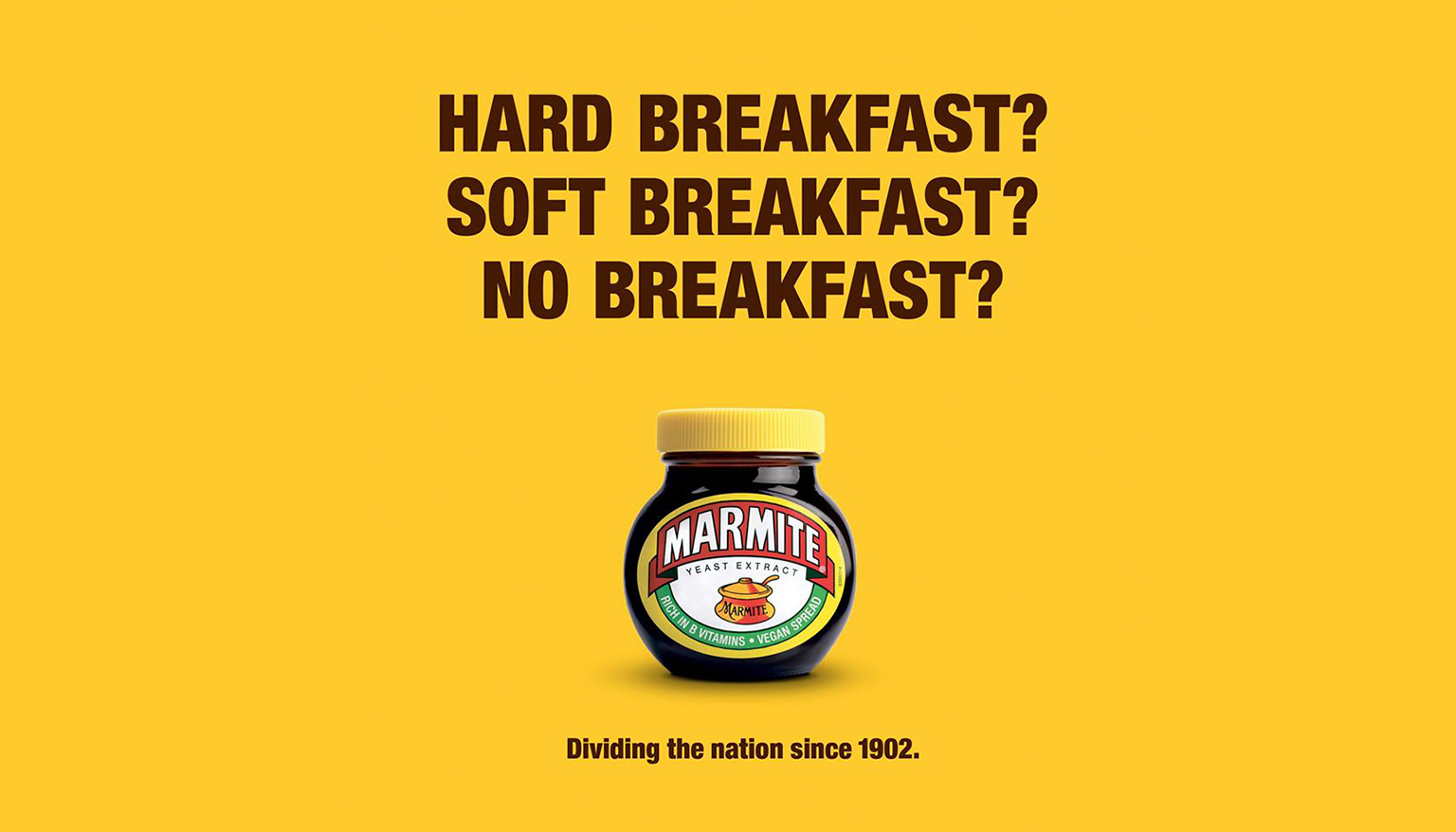Is your brand ready to be spontaneous?
We plan meticulously for marketing campaigns, and we know that brand communications need to be consistent in order to clearly communicate what your brand is all about and build on brand recognition.
Consistency is vital when it comes to how a brand’s assets appear, how a brand sounds and how that brand delivers experiences through their products or services. Only by being consistent will a brand be credible, reliable and gain trust.
However, predictability can struggle to cut through, attract new customers or deliver the ‘wow’ factor. That’s when a little spontaneity goes a long way. Mixing things up and creating something entertaining and relevant in response to world events can aid conversation and boost brand recognition. Do it badly, however, and you’ll dilute your brand style and confuse your audience, damaging brand recognition in the process.

How to inject spontaneity without jeopardising brand integrity:
1. Empower your people
Small, human gestures at customer touchpoints can have a powerful effect on the lifetime perception of a brand. So, when a cashier offers to pack your bags so you can answer your phone, or a store manager throws in a freebie that makes you feel both seen and appreciated, you’ll likely return to these retailers again and again. One small experience can make a big difference to brand loyalty and how you think of and speak about a brand.
Giving employees the power to be spontaneous may seem costly, even risky, but it’s empowering for them and for the consumer, and it usually pays dividends. Richard Branson said:
“Giving people choices, rather than a rigid set of rules to follow, will ensure a feeling of empowerment across teams.”
At Virgin, they adopt a flexible working style where employees have control over their work schedule. They also give their people the freedom to make decisions – and this empowers them to do what’s right for the customer even if it means flexing company policy sometimes.

And the cost of these small interventions by employees can be extremely effective when it comes to other ways of retaining customers and driving strong loyalty towards your brand.
2. Organise a spontaneous event
In truth these events are anything but spontaneous. Every surprise performance by a big star and every flash mob, will have been carefully curated and choreographed, and timed for maximum impact.
But to the audience they appear spontaneous – and that helps a brand to stick in the memory. Spontaneous events disrupt the daily routine to allow new audiences to experience a brand, product or service in their world and in a joyful, inclusive and interactive way. Spontaneous events leave people feeling good and are excellent for gaining exposure.
T-Mobile had an epic flashmob appear to welcome travellers home to London’s Heathrow Airport. Singers each picking an unsuspecting traveller to serenade. With people emotionally reuniting while others filmed the show on their phones, T-Mobile got the perfect footage for their second Life’s for sharing TV ad – which received over 16 million views on YouTube alone, showing that you can be spontaneous and be on brand – if your actions reflect your core messaging.

3. Use real-time marketing
Real-time marketing means responding to your customers’ feedback in the moment, in real or near real-time. To do this, you’ll need to employ consumer listening, to see how your customers are interacting with the brand at every touchpoint. That means being aware of the questions they’re asking and opinions they’re sharing, and responding promptly. You can use both website analytics and Google alerts for trends within your industry. This is fast-turnaround marketing but one that is proven to give good ROI.
UK marketers reported a 26% increase in conversion rates from real-time marketing.
Source: Hubspot
Real-time marketing also means responding to events and trends to inspire relevant conversations with the audience. One of the most effective ways to do this is to have an active social media presence and employ social listening tools. You’ll know what people are talking about and can quickly respond to a current event or consumer trend using an image (e.g. memes), video, or short text (e.g. tweets).
In 2015, 16 different brands jumped to congratulate the Duke and Duchess of Cambridge on the arrival of their second child, with event themed social posts. Almost all saw jumps in social performance, with the average retweets increasing by around +2,500%.

IKEA have form when it comes to impromptu, opportunist marketing campaigns, and know how to turn viral content to their advantage. When Cristiano Ronaldo moved away bottles of coca-cola during a press conference and told onlookers to ‘drink water,’ the video went viral. IKEA was super-quick to respond with a social post that promoted their reusable water bottles, cleverly Christening them “Cristiano.”

IKEA also poked a bit of fun when Harry and Meghan announced their royal wedding. The country’s most eligible bachelor was off the market, IKEA’s Harry chair was not.

IKEA know that for real-time marketing to surprise the audience, it needs to be in real-time – not days later. Miss the moment and your efforts will be irrelevant, and could even work against you as you’ll be seen as hopping on the bandwagon.
Marmite came up with a tongue-in-cheek post referring to Brexit. They took a hot topic and turned a debate drenched in division and negativity into a positive message that was bang on brand for them.

Plan to be spontaneous
Being spontaneous doesn’t mean making it up as you go along. You can still adapt to changing consumer behaviour and produce assets that are on brand. If you can’t then the moment or the subject is a poor fit for your business. Everything you do should still be relevant to your offering and core messaging, and adhere to your brand purpose.
Perhaps the biggest oxymoron is that to be spontaneous a brand needs to plan in advance. Planning for future events and employing an expert ‘brand aware’ team to handle your digital marketing will allow you to respond more quickly to consumers and world events. In short, to appear reactive, you need to be proactive.
Need help with your brand strategy? Get in touch – we’d love to help. Alternatively, for the latest marketing and branding news, take a look at our Articles page.